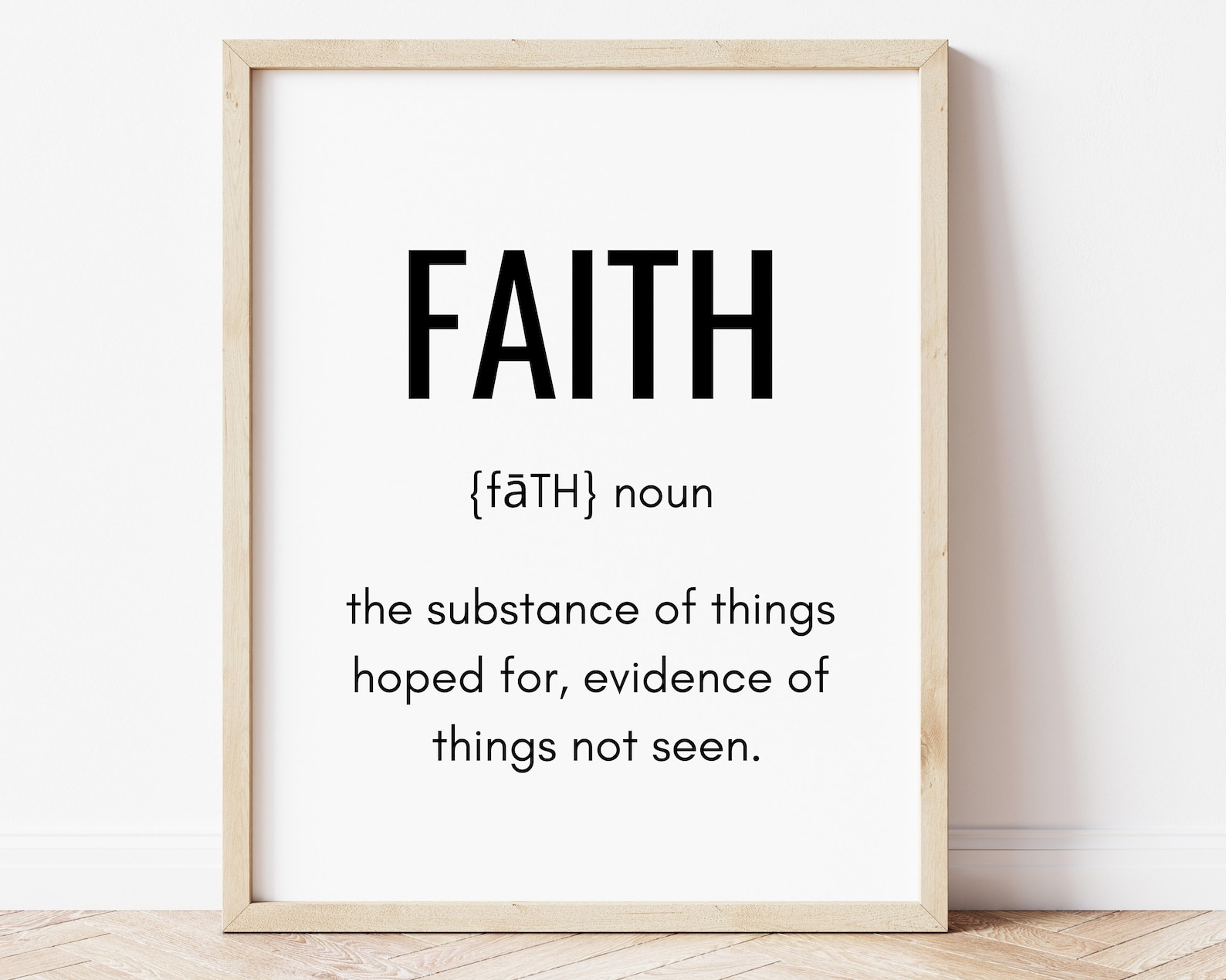

Where such beliefs have parallel positions in the lives of their respective holders we cannot say that one is ‘in relation to a Supreme Being’ and the other is not.” The Court interpreted the statute as questioning “hether a given belief that is sincere and meaningful occupies a place in the life of its possessor parallel to that filled by the orthodox belief in God of one who clearly qualifies for the exemption. The case involved denial of conscientious objector status to individuals who based their objections to war on sources other than a supreme being, as specifically required by the statute. Seeger, the Court sought to resolve disagreement between federal circuit courts over interpretation of the Universal Military Training and Service Act of 1948.

Watkins, the Court stated that the establishment clause prevents government from aiding “those religions based on a belief in the existence of God as against those religions founded on different beliefs.” In a footnote, the Court clarified that this principle extended to “religions in this country which do not teach what would generally be considered a belief in the existence of God … Buddhism, Taoism, Ethical Culture, Secular Humanism and others.” In the 1960s, the Court expanded its view of religion. Beason expressed religion in traditional theistic terms: “he term ‘religion’ has reference to one’s views of his relations to his Creator, and to the obligations they impose of reverence for his being and character, and of obedience to his will.” Given the diversity of Americans’ religious experience since the Constitution was created, a single comprehensive definition has proved elusive. Supreme Court defined “religion?”Īlthough it has attempted to create standards to differentiate religious beliefs and actions from similar nonreligious beliefs, the Supreme Court has never articulated a formal definition for religion.


 0 kommentar(er)
0 kommentar(er)
